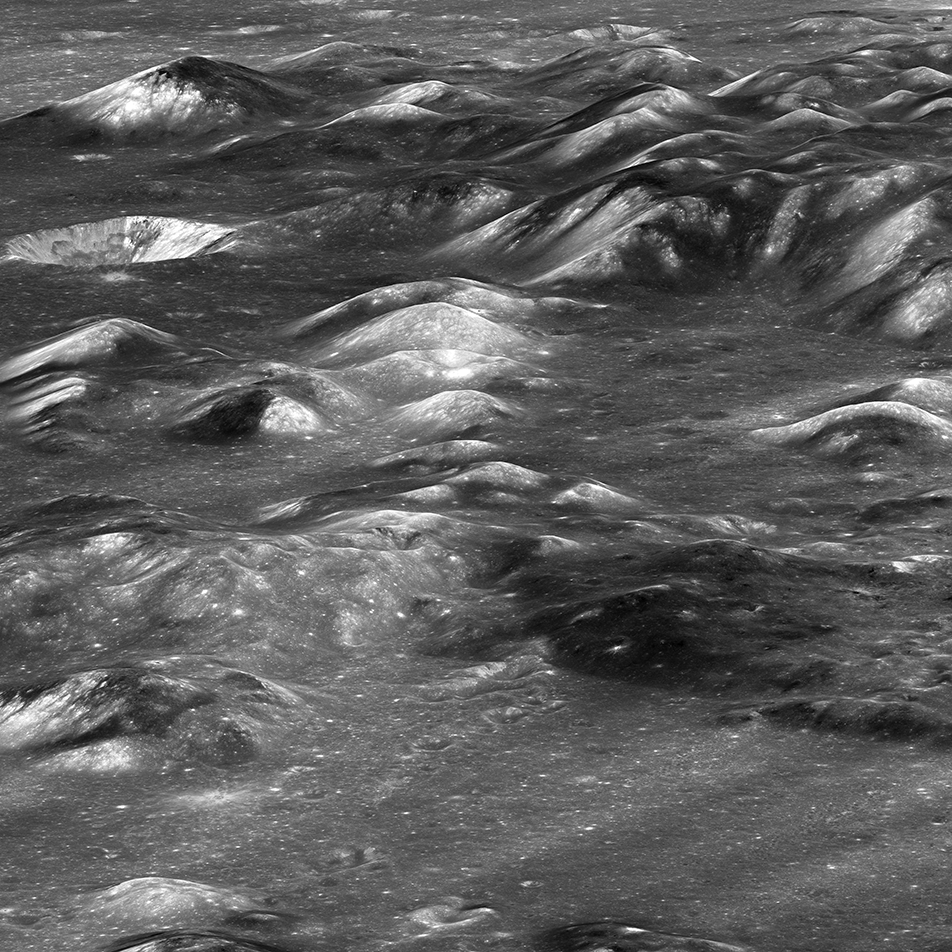Montes Carpatus

| Credit | NASA/GSFC/Arizona State University |
|---|---|
| Historical Date | June 15, 2017 |
| Language |
|
Volcanic rocks are our best window to the deep interior of the Moon, and the Montes Carpatus has no shortage of volcanic landforms: lava flows, pyroclatic deposits, rilles, and more! Lavas are formed as the mantle begins to melt, so by sampling volcanic rocks of various ages from regions across the Moon scientists can reconstruct the range of compositions and processes over time. The Montes Carpatus formed as a result of the giant impact that formed the mighty Imbrium basin, the mountains are actually the raised rim of the basin. Simlar to the Apollo 15 landing site, future explorers could sample both volcanic rocks and deep ancient crustal materials exposed by basin formation.
The low albedo (dark) patterns may indicate pyroclastic (explosive) material that erupted over 3 billion years ago. Tobias Mayer G crater, 4.3 miles (7000 meters) in diameter, is seen in the upper left in this west-to-east view.
This image comes from the LROC camera aboard NASA's Lunar Reconnaissance Orbiter. See more.
